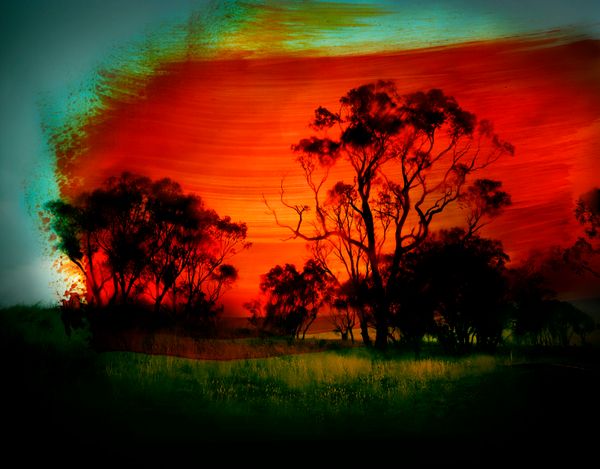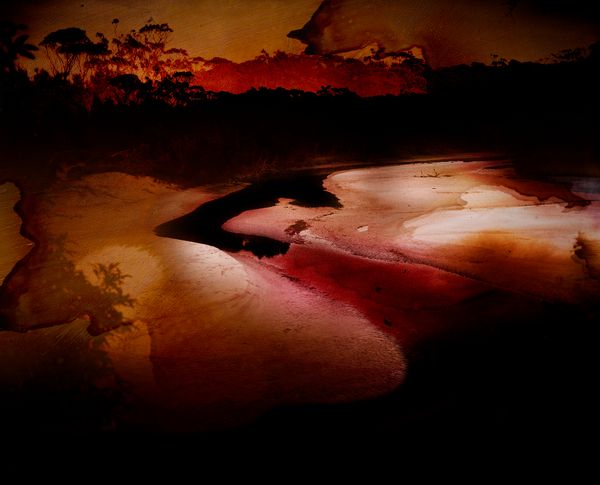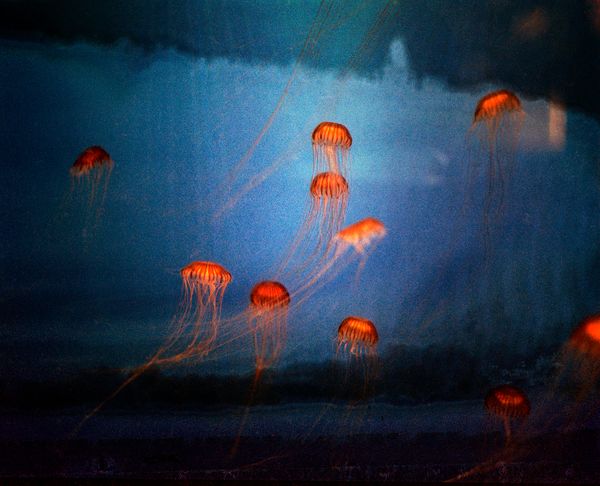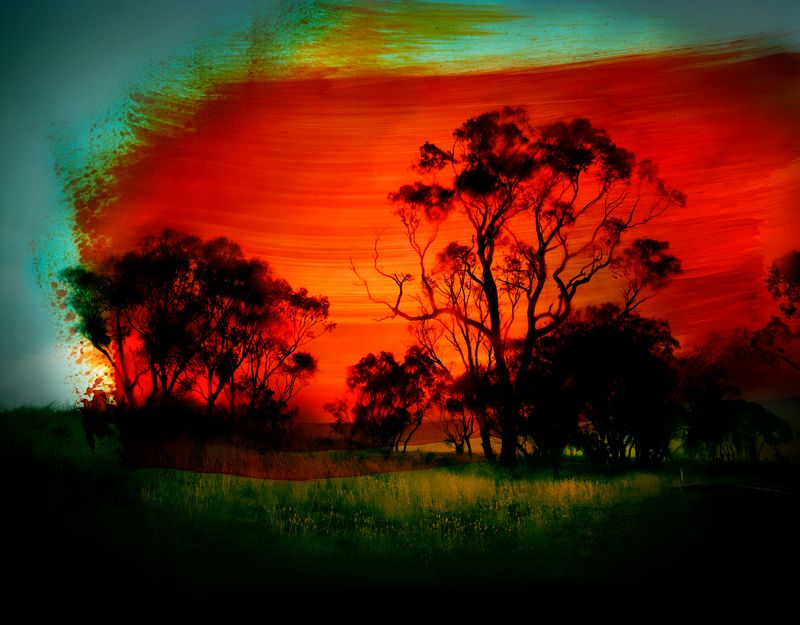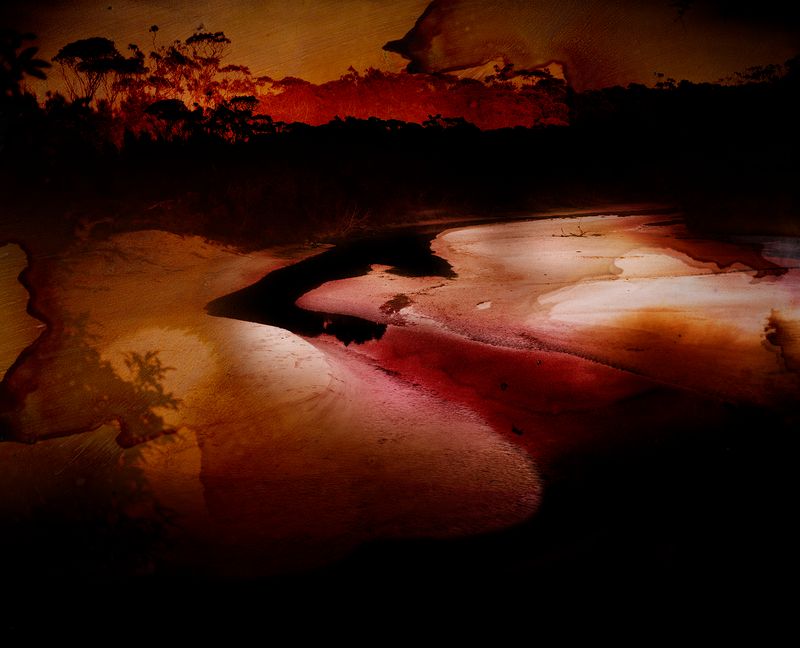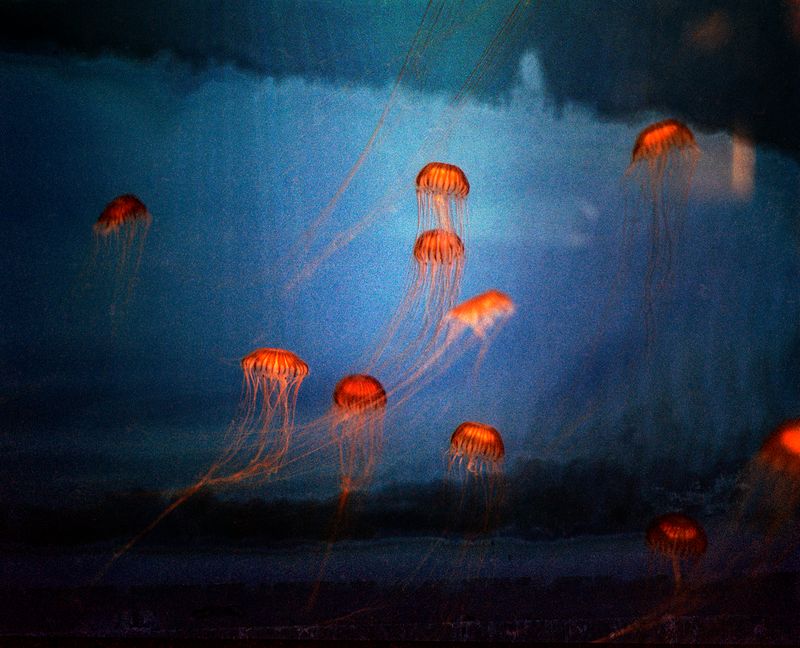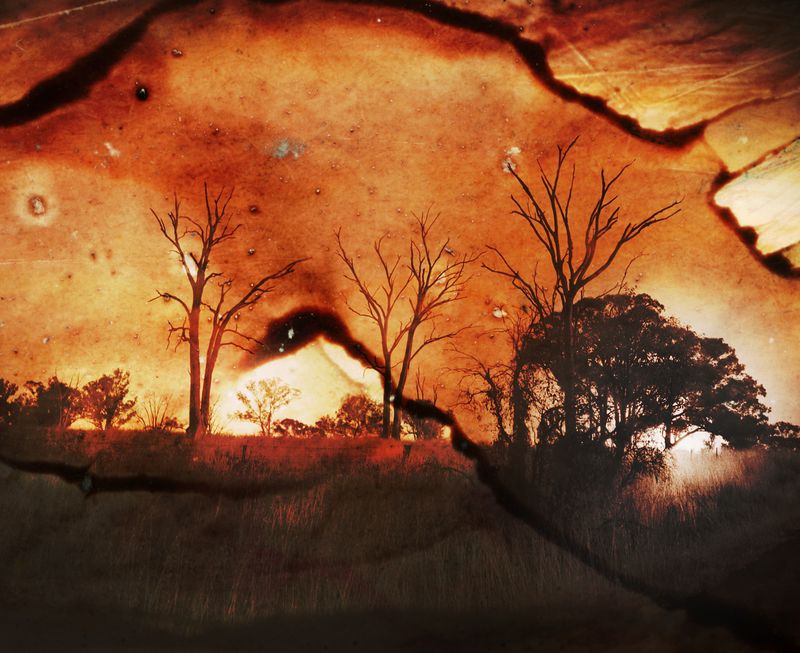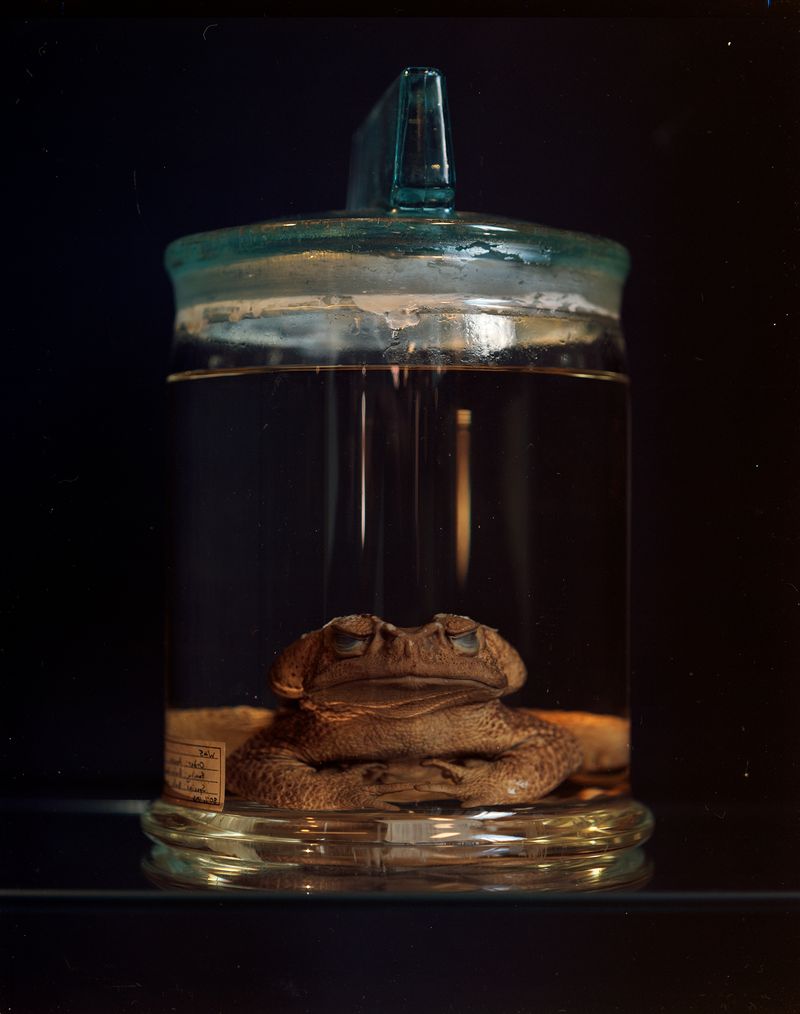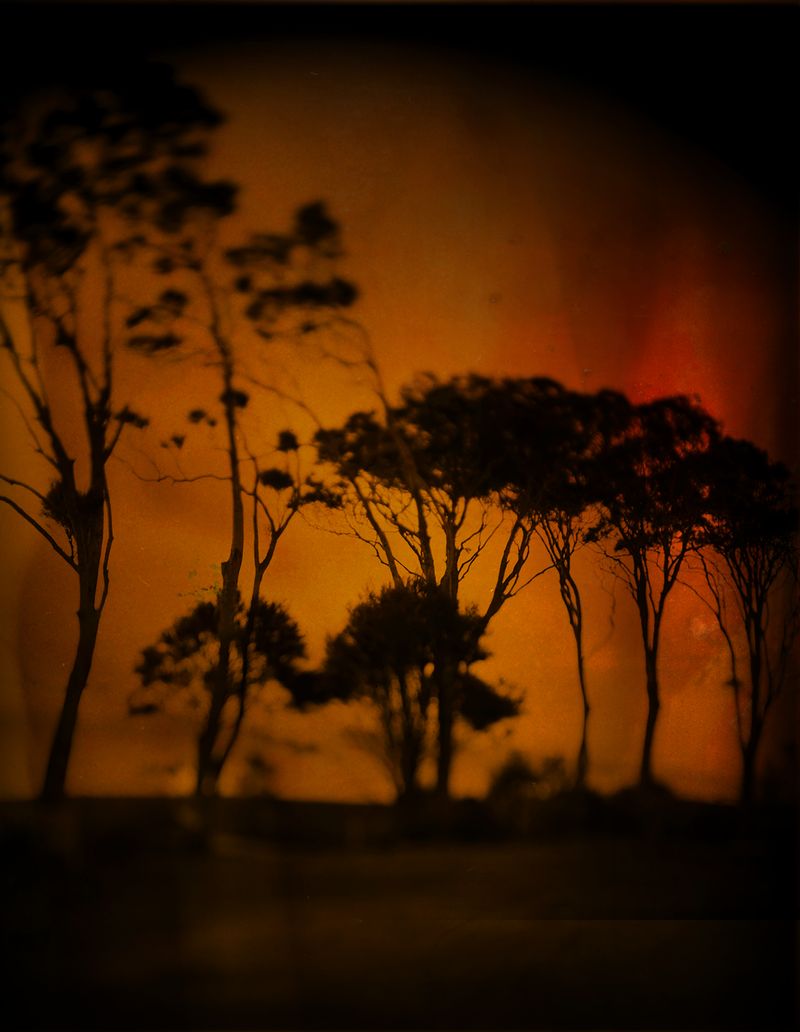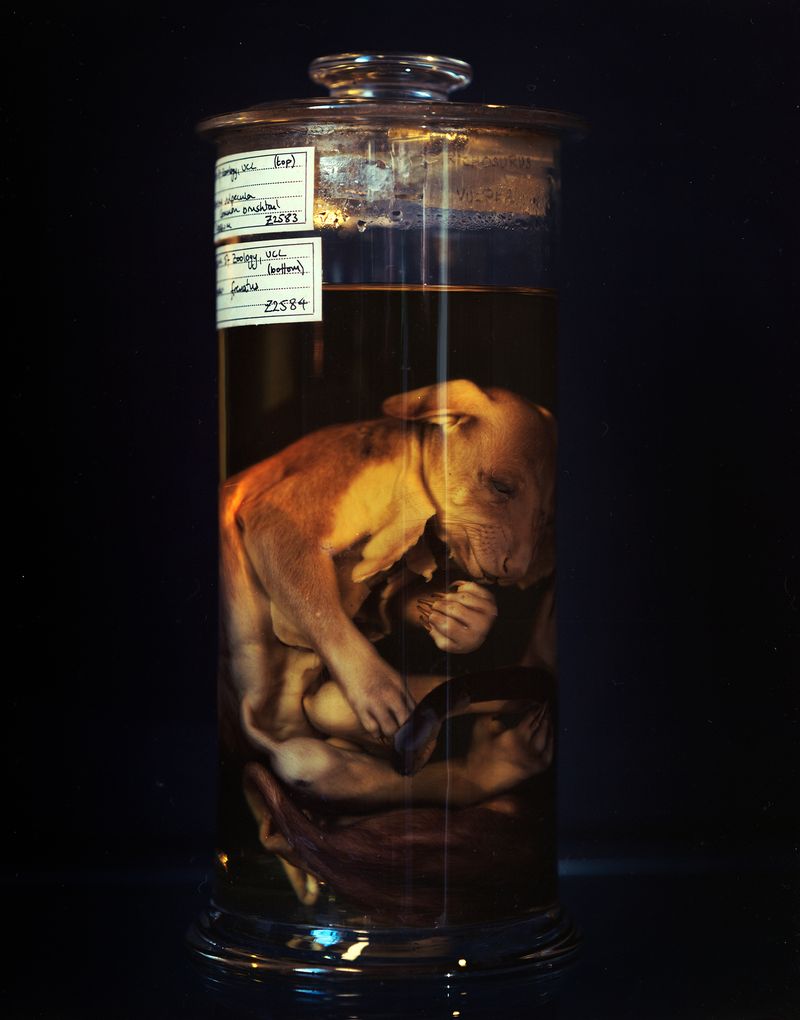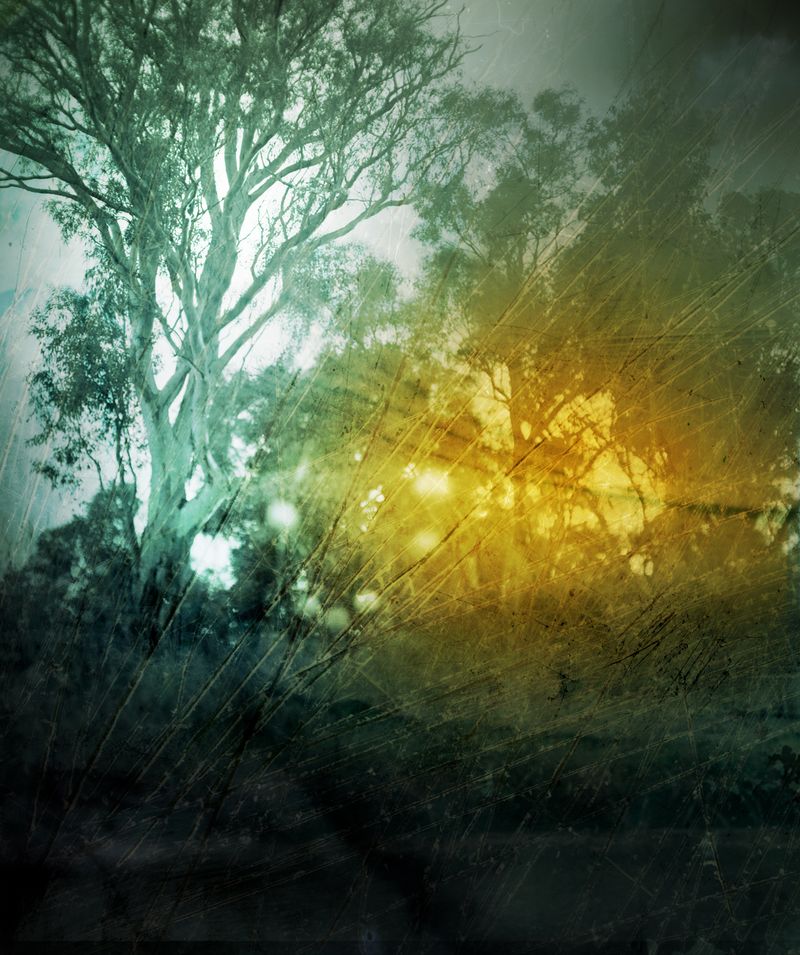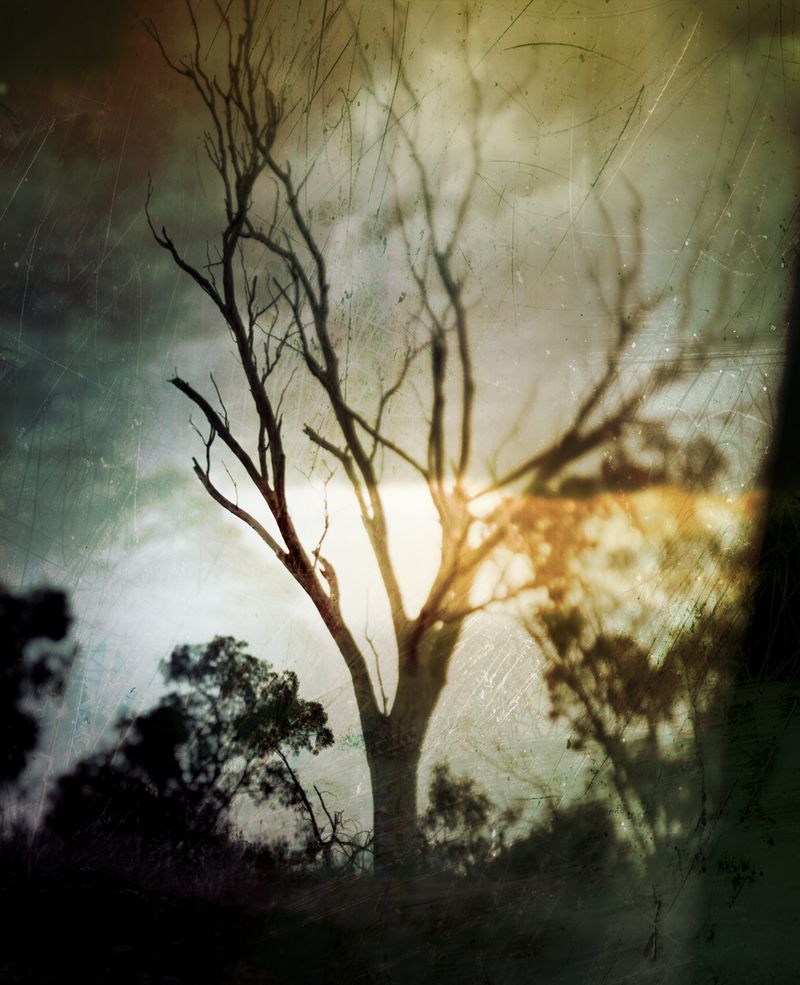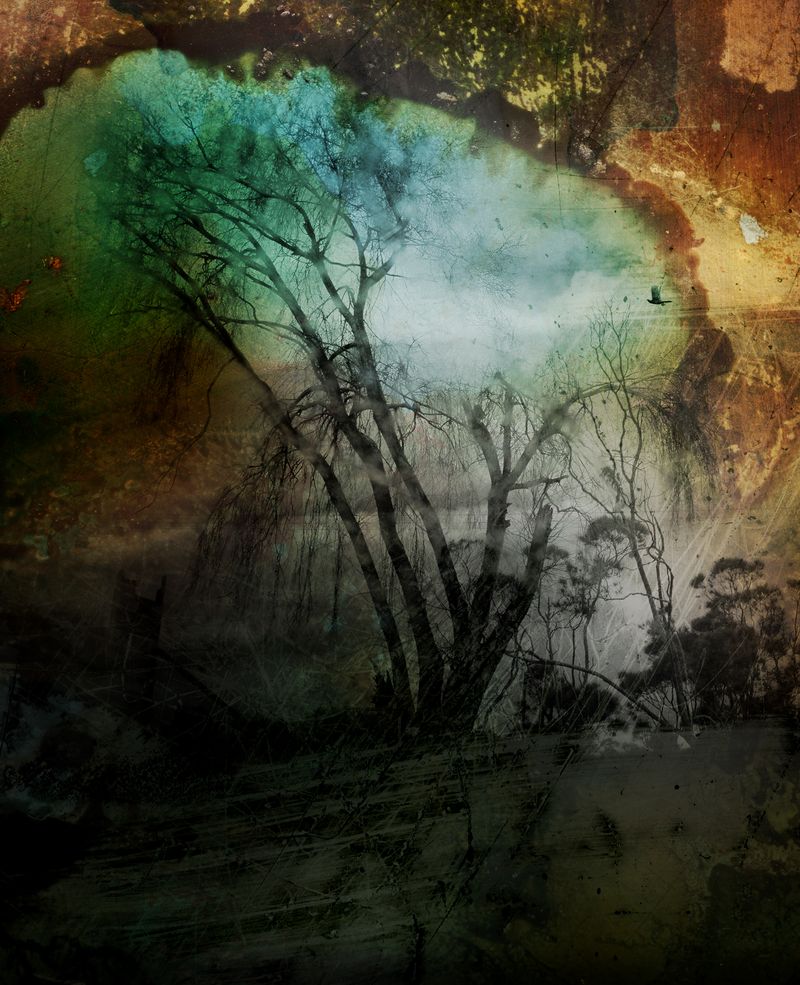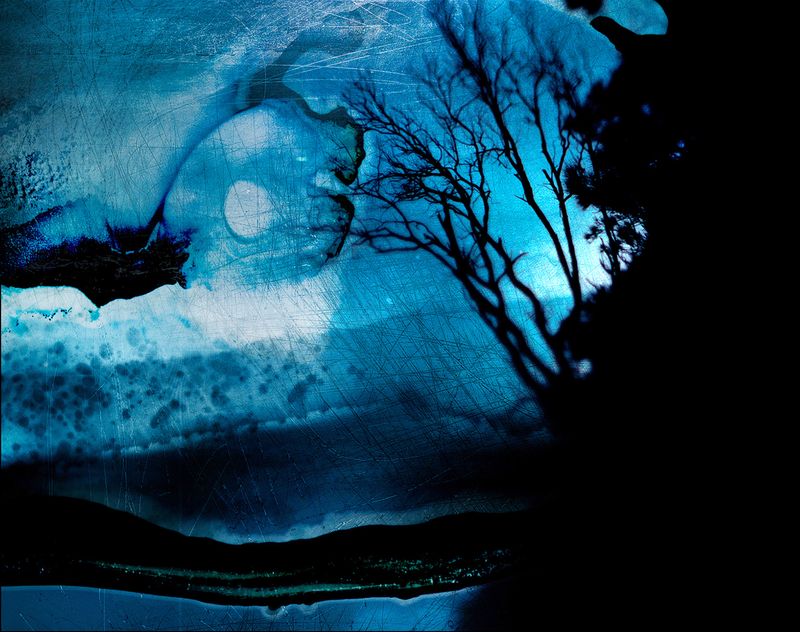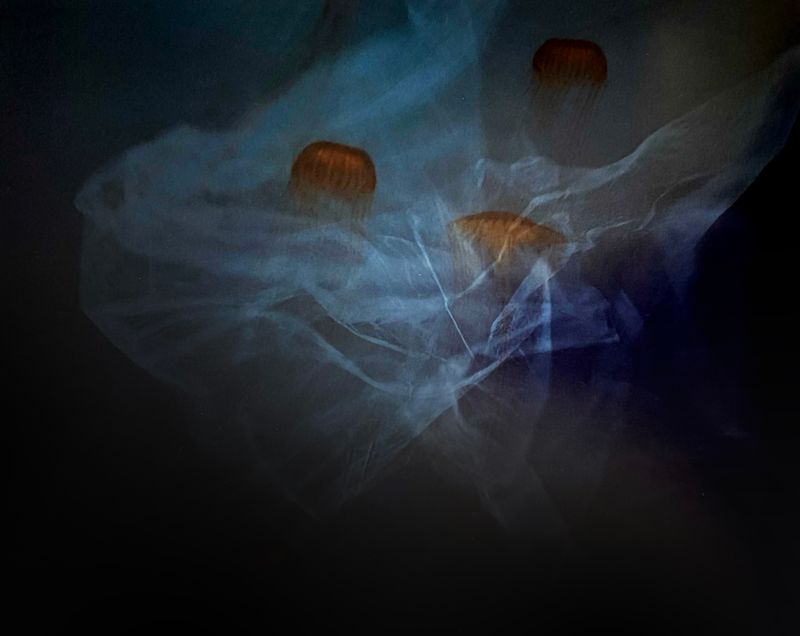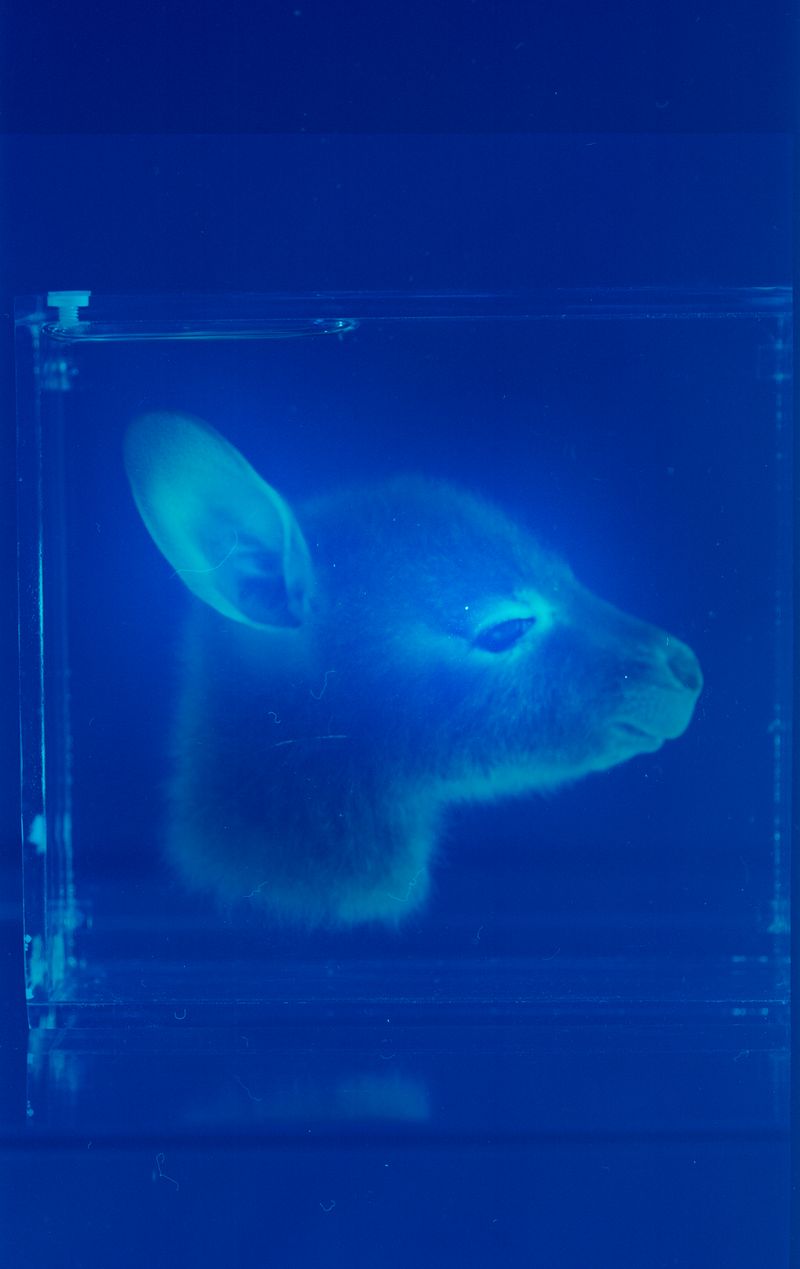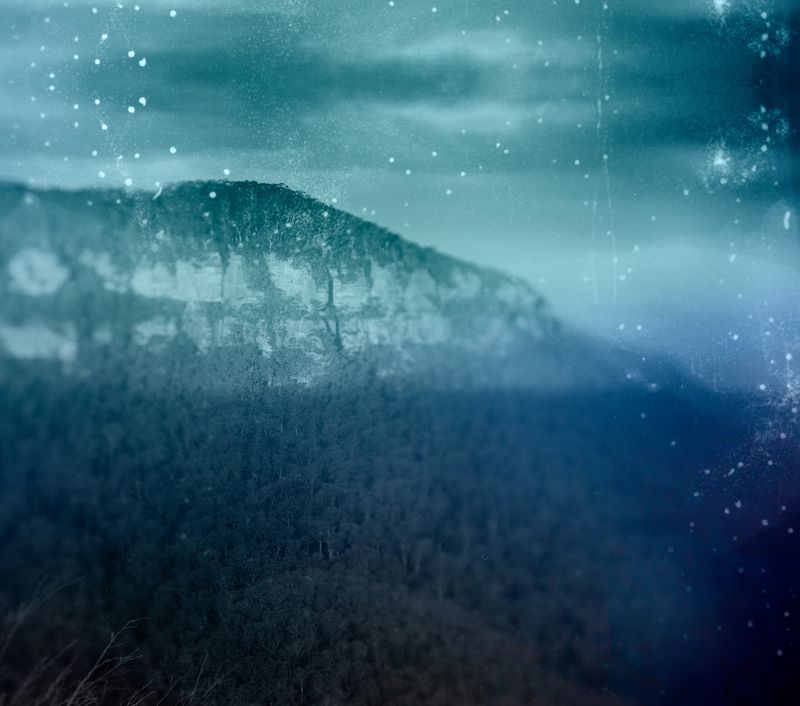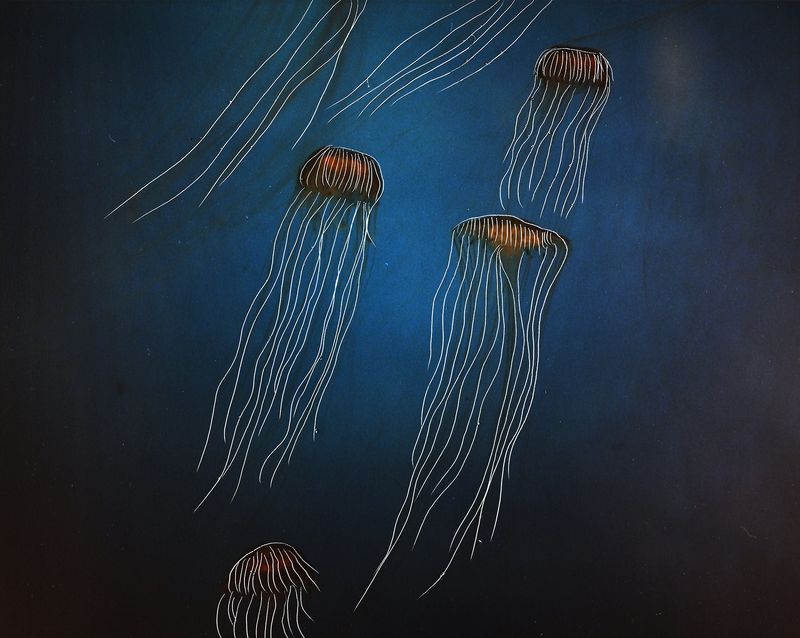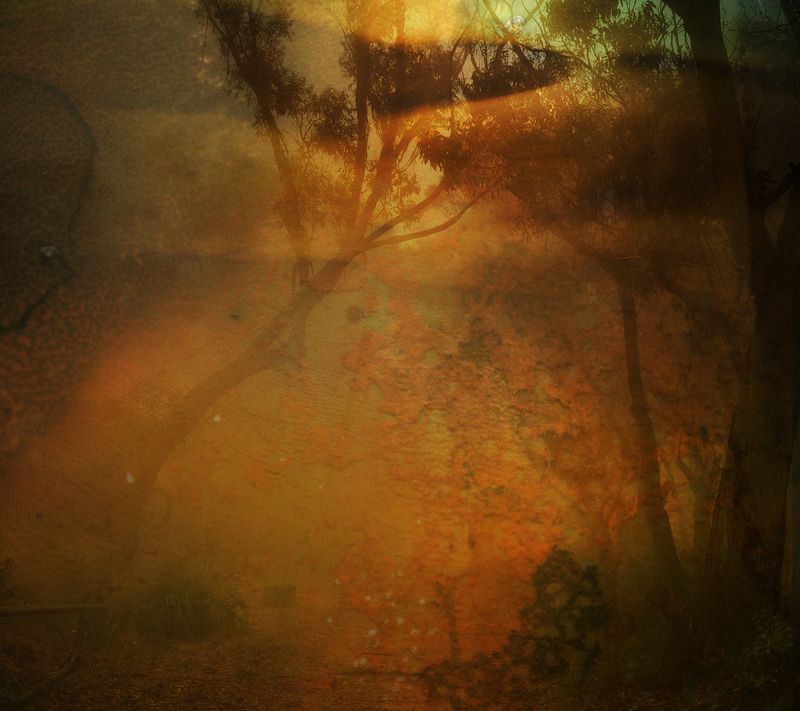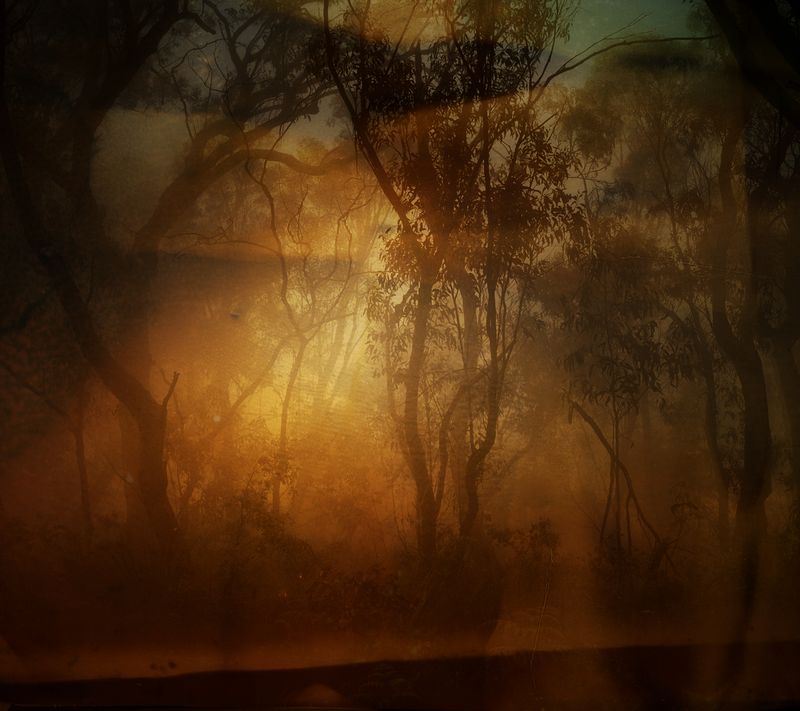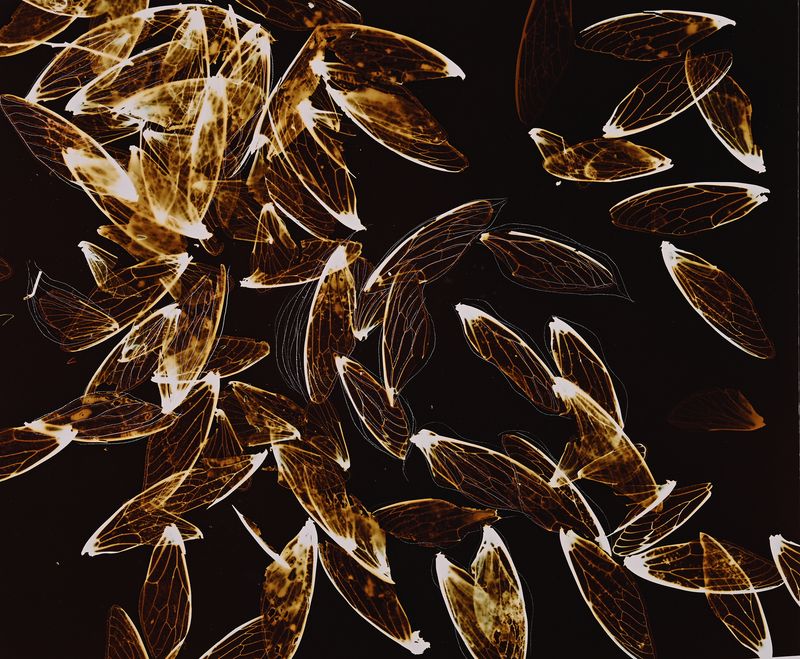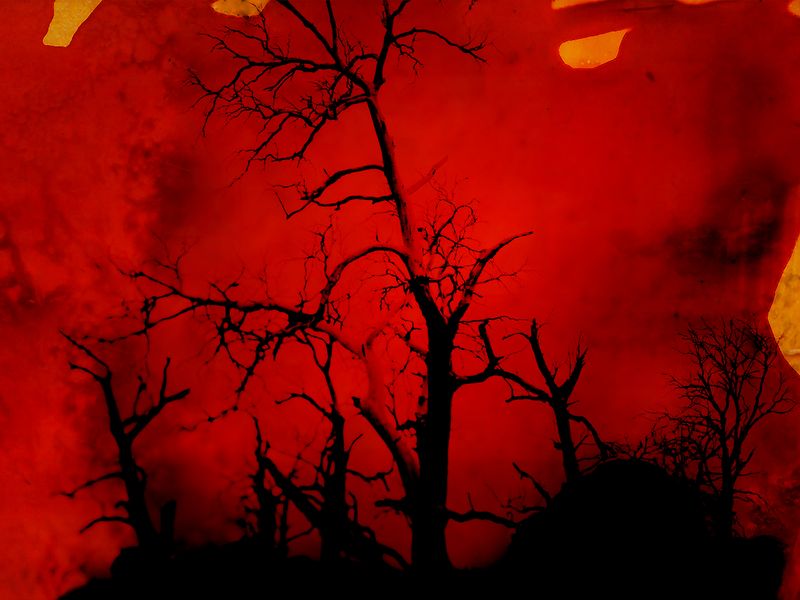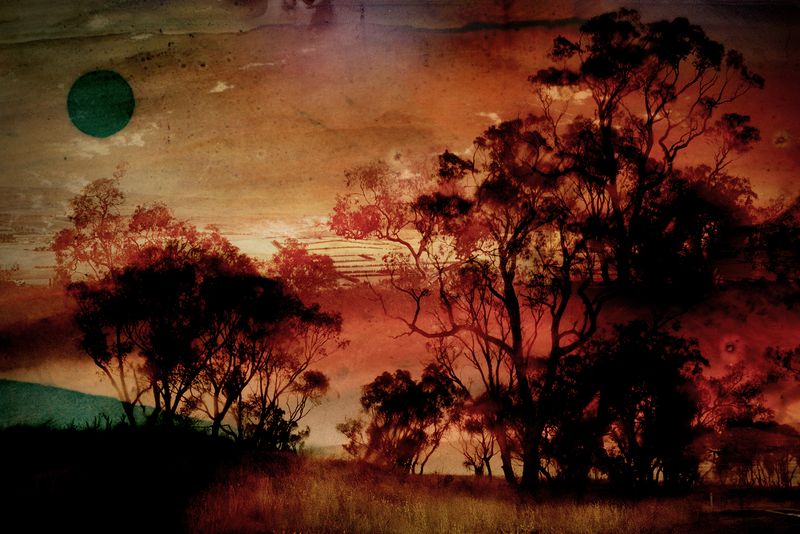A Lost Place
-
Dates2020 - Ongoing
-
Author
- Locations London, Australia
These images are a personal, heartfelt reaction to the dramatically increased global threat from destructive wild fires now hanging over us and the climate emergency that is the underlying reason for them.
A Lost Place
This project is a personal meditation on the environmental crisis in my home country of Australia that connects its colonial past with its precarious climate future.
Through a series of manipulated and recontextualized images, this work is my attempt at coming to terms with the environmental and personal impact of the recent wildfires in New South Wales, which were the largest ever recorded in the country. Over a three-month period, these fires devastated a land mass larger than the size of mainland England, killing or harming three billion animals and causing a level of environmental destruction described by one commentator as omnicide. As these fires continue to grow in frequency and severity due to escalating global temperatures, the project raises the question of how colonialism and climate change are linked.
Using a variety of methods, the images are manipulated in an attempt at expressing my devastation to what is happening to our world. Some are augmented with paint or ink, brushed directly onto the surface of the prints; on others, the paint is scratched away to reveal underlying layers. These altered landscapes serve as visual metaphors for both the external horror wrought by the wildfires and my own fear and anger at such devastation. The intervention of my brushstrokes on the prints become a mirror of human intervention in nature, my own hand attempting to control the uncontrollable. This manipulation of the images is a way of implanting into them my personal response at the continual destruction of nature whilst simultaneously attempting to find beauty and hope amid the tragedy of these lost places.
In other instances, I juxtapose these altered landscapes with images of preserved animal specimens, sourced from zoological museum archives in the UK, of either indigenous animals native to the region, or animals that were introduced to Australia only to become rampant pests. These juxtapositions point towards the often-overlooked historical links between 19th century biology, scientific exhibitions, and colonial logic, underscoring the interconnections between current ecological disasters and Australia's colonial history. By highlighting the country's scientific-rationalist approach to nature, characterized by the relentless pursuit of control and dominance, the project prompts viewers to confront the enduring legacy of colonialism and its role in exacerbating the environmental challenges facing Australia (and the world) today.
